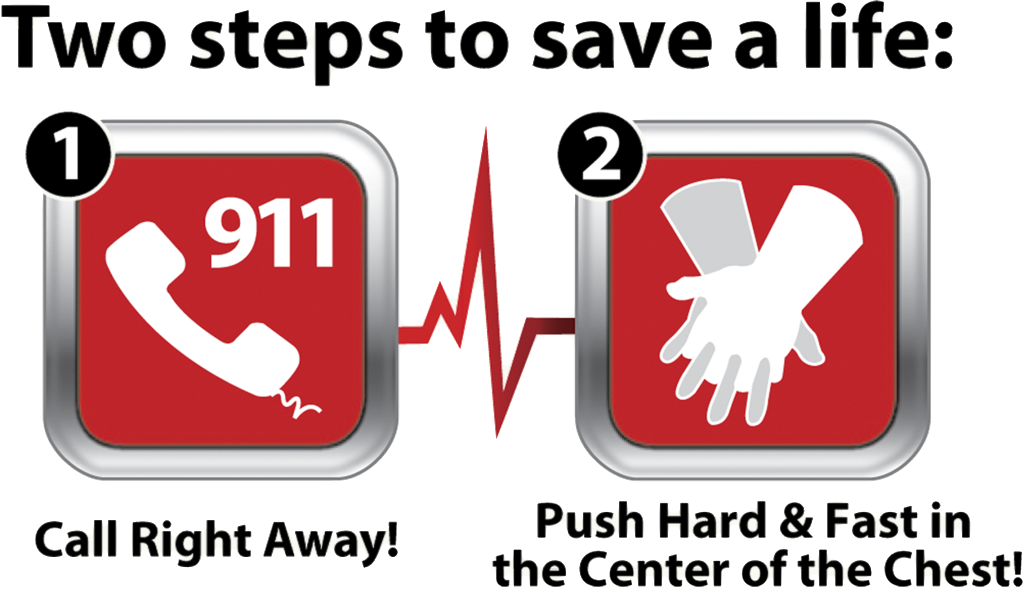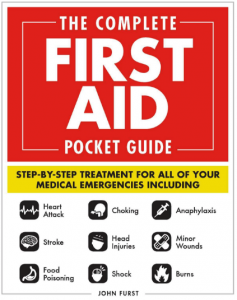Hands only CPR is CPR technique where only chest compressions are delivered instead of chest compressions & rescue breaths (“artificial respiration”) in conventional CPR.
The idea behind hands only CPR is that many bystanders are unwilling to perform rescue breaths on a stranger. As a result CPR is often delayed. There is strong evidence that the longer CPR is delayed, the worse the outcome for the patient.
Several studies have shown hands only CPR to be just as effective compared to conventional CPR in the first few minutes. This is because the body has a ‘reserve’ of Oxygen in the blood lasting several minutes.
There are two situations however where conventional CPR (with rescue breaths) should be performed.
1) If the casualty has drowned. If you suspect the casualty has drowned then you rescue breaths should be performed. In addition, before you start chest compressions you should give 5 initial rescue breaths.
2) If the casualty is a child or baby. Little people (babies and children!) are more likely to suffer a respiratory problem rather than a cardiac problem. As a result, the levels of Oxygen in the blood may be very low. Therefore rescue breaths should always be performed on a child or baby. Once again, 5 initial rescue breaths should be given before starting chest compressions.
Many organisations now advocate for hands only CPR due to its simplicity. Both the British Heart Foundation and American Heart Foundation have run high profile campaigns to raise awareness of hands only CPR. The British Heart Foundation TV advert is shown below.


